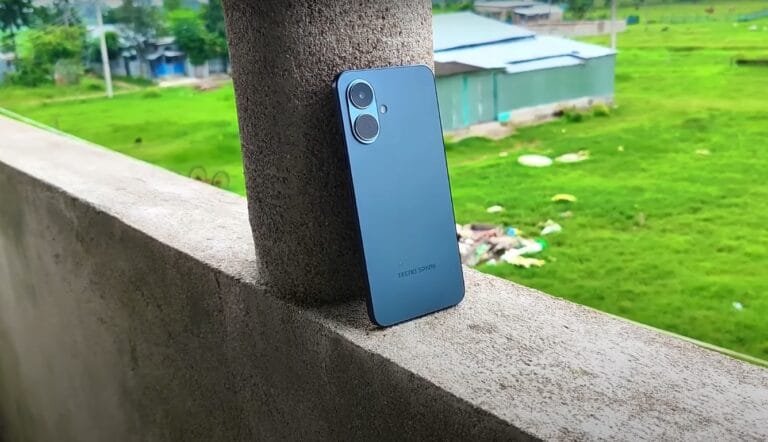POCO F8 Pro review after six months of use: how has it aged?

A Half-Year In With the POCO F8 Pro — What’s Held Up and What’s Changed
After six months of daily use with the POCO F8 Pro, it’s possible to move beyond launch hype and understand how the phone behaves in real life, how it ages and whether it remains a strong buy for UK and India users. From performance and battery life to software updates and general durability, here’s a full rundown of how the device stands today.
Performance remains one of the primary strengths. The F8 Pro continues to handle demanding apps, multitasking and even extended gaming sessions with ease. Even after months of use, responsiveness is high, app switching remains smooth and the high refresh display still feels fluid. Users who upgraded from older devices say they still feel a tangible difference in speed and smoothness.
Battery life has held up quite well, though not without some small signs of ageing. In the first weeks, screen-on times often exceeded a full day, and now after six months most users still report a comfortable full-day experience. That said, under heavy gaming or video streaming the dropoff is slightly more visible than early on. Charging remains rapid, which mitigates any decline in endurance.

One area where wear becomes most evident is the camera system. In normal daylight the F8 Pro still delivers sharp, detailed images and strong performance. But in lower light or more complex scenes (e.g., indoor night shots, dynamic lighting) the results are less consistent than flagship models from brands focused heavily on camera optimisation. For casual photography it remains more than capable, but for enthusiasts the gap has nudged open slightly.
Build quality and material durability are holding up well. The body has not shown major signs of wear, and the display remains intact with everyday scratches kept to a minimum thanks to protection (many users apply a screen protector early). Because the phone was designed well, it doesn’t feel aged or outdated yet. However users note that the glossy back shows fingerprints more clearly and may attract mild scuffs if not kept in a case.
Software updates are a mixed bag. On one hand, the F8 Pro receives regular security patches and some feature updates, which helps keep the device secure and current. On the other hand, it may not achieve the same longevity of updates as rival brands that promise longer OS version support. For users who plan to keep their phone for 3-4 years, this is something to consider: it’s good now, but may offer less buffer than the very premium models.
Thermal performance and stability over time remain strong. Even after extended usage, the phone does not overheat significantly or throttle in normal tasks. Gaming sessions still remain stable, though ambient conditions (room temperature, case usage) make a noticeable difference. In warmer climates or sunlit settings the device can run warm more quickly than earlier in its cycle, but it avoids major performance dips.
Value retention is looking favourable. After six months the F8 Pro still offers very strong value, especially if priced competitively in your region. Users who bought it for solid hardware at a mid-premium cost feel it continues to deliver. That said, the resale value will depend heavily on the condition, storage variant and whether you have held onto accessories like original charger or box.
There are a few trade-offs now clearer than at launch. Some users mention that software bloat and ad support (depending on region/firmware) persist more noticeably than on ultra-premium phones. Also, despite no major faults, the less premium camera system means that if your photographic expectations grow over time you might feel limited. And while battery decline isn’t dramatic, it is measurable – as with all phones, six months in and you’ll spot small drops in “full day plus” margins.
In summary, six months into ownership the POCO F8 Pro remains a strong, well-rounded smartphone. If your stakes are hardware power, display quality, smooth experience and value for money, it continues to serve excellently. If your priorities tilt more heavily toward long-term software updates, best-in-class cameras or ultra-premium materials, you may start to notice small compromises.
For UK and India buyers especially, the F8 Pro aged well enough to justify its purchase or remain a sensible choice if you’re considering picking up one now (or used after six months). If you buy today, just ensure you go in with realistic expectations: you’ll get most of what you pay for, but with some trade-offs compared to the top-tier flagship models.
Also Read: Xiaomi 17 Pro Max features you’ll actually use vs features you won’t



